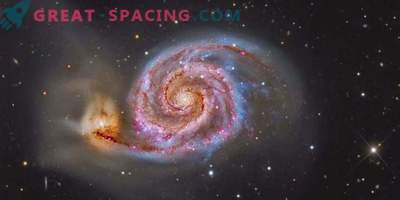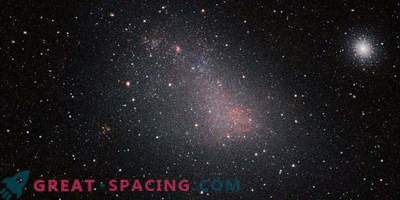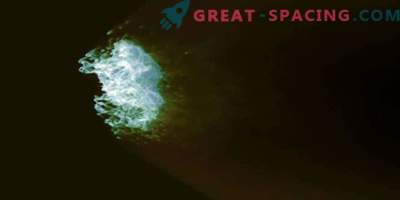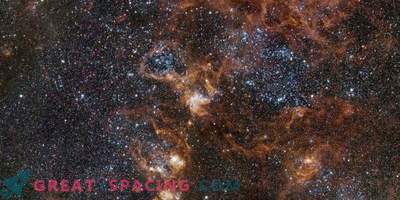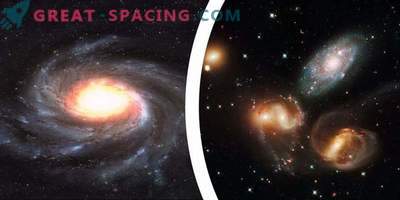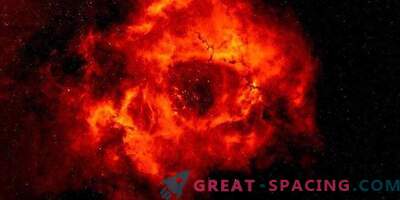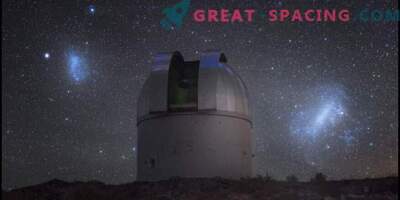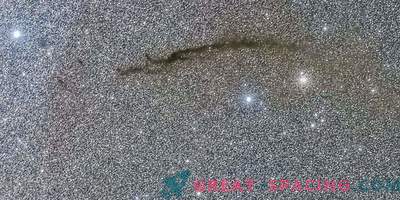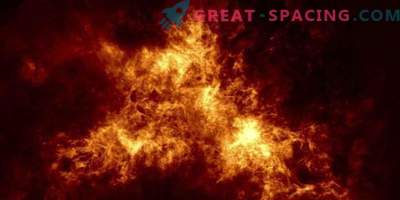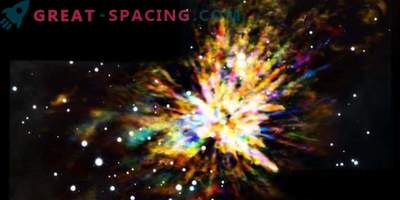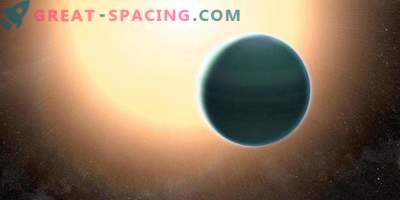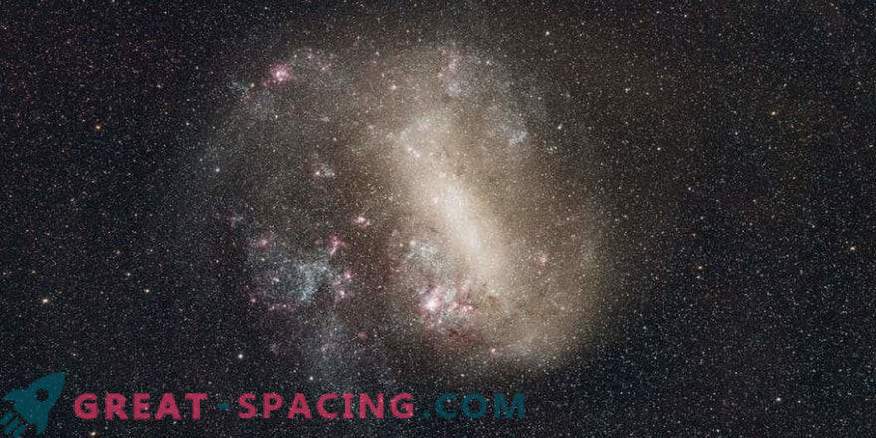
Large Magellanic Cloud captured with a small telephoto lens and a modified DSLR camera to highlight molecular clouds.
Astronomers believe that two of the galaxies closest to the Milky Way (the Large and Small Magellanic Clouds) may have once had a third satellite. The new study suggested that another galaxy was absorbed by the Large Magellanic Cloud 3-5 billion years ago.
What is the assumption based on? The fact is that most stars in the galaxy rotate clockwise around the center. However, some fly in the opposite direction. It was previously believed that these stars came from the Small Magellanic Cloud, but a new idea is to merge the Large Magellanic Cloud with another galaxy.
For the analysis, computer simulation was used to reproduce the fusion process. It turned out that after the event you can get a strong counter-turn. This is consistent with what is actually observed in galaxies. Magellanic clouds can be found in the night sky with the naked eye, so they were observed by ancient cultures for thousands of years.

Large and Small Magellan Clouds The Large Magellanic Cloud is distant from us by 160,000 light-years, and the Small is 200,000 light-years. This discovery can help explain the problem that has long puzzled astronomers - why the stars in the Large Magellanic Cloud are too old or too young.
Each galaxy has star clusters containing many stars of similar characteristics. In the Milky Way, clusters are all very old. But in the Large Magellanic Cloud, both ancient clusters and young ones are observed, between which there is no intermediate stage. This is referred to as the “age gap” problem.

Inverse image of the brightness of large and small clouds, obtained using DSLR and 50 mm lens. Tidal shells are visible around the Large Magellan Clouds - bridges of stars linking two galactic clouds in the foreground
In addition, in the Large Magellanic Cloud, a stellar birth is noticeable, which also hints at a galactic fusion in the past. This discovery helps explain why it has a dense disk. Of course, for the time being, all this is only a theory, but research will help to take a fresh look at the old problem.
